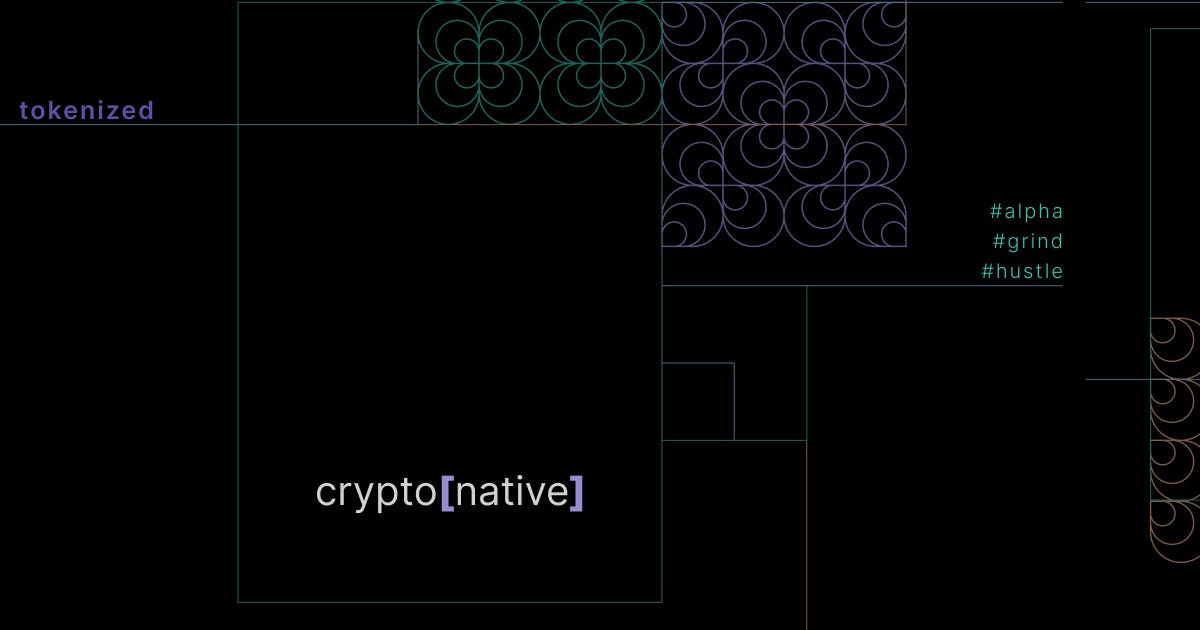
Part 3: Protocols of Intelligence
AI agents aren’t the future of infrastructure. They’re already live. Capital is getting conscious, and the coordination layer is comin…
Publishes on July 7th, 12:25pm. Subscribe now and receive the post in your inbox when it’s live
Available in 10 days, 22 hours, 17 minutes, and 29 seconds
![crypto[native]](https://substackcdn.com/image/fetch/$s_!baju!,w_80,h_80,c_fill,f_auto,q_auto:good,fl_progressive:steep,g_auto/https%3A%2F%2Fsubstack-post-media.s3.amazonaws.com%2Fpublic%2Fimages%2Fc94827b0-d403-4ff4-a1dc-b507623bbbd2_1000x1000.png)

![crypto[native]](https://substackcdn.com/image/fetch/$s_!baju!,w_36,h_36,c_fill,f_auto,q_auto:good,fl_progressive:steep,g_auto/https%3A%2F%2Fsubstack-post-media.s3.amazonaws.com%2Fpublic%2Fimages%2Fc94827b0-d403-4ff4-a1dc-b507623bbbd2_1000x1000.png)